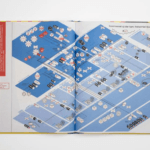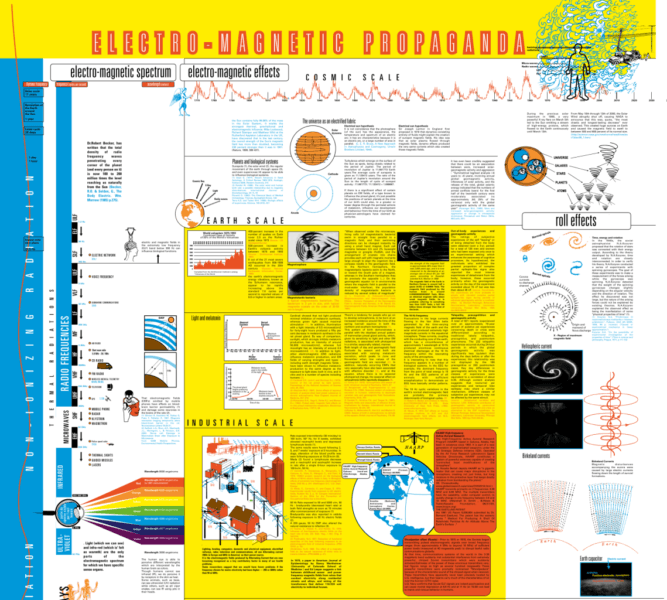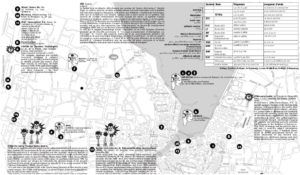
Mapping the power, mapping the commons
AN ATLAS OF AGENDA’S is a political, social and economic atlas: informing the public about socio-political power structures and activating opportunities for the self and the commons.
The French research and design group Bureau d´Études has been producing maps of contemporary political, social and economic systems that allow people to inform, reposition and empower themselves. Revealing what normally remains invisible, often in the shape of large-sized banners, and contextualizing apparently separate elements within new frameworks, these visualizations of interests and relations re-articulate the dominant symbolic order and actualize existing structures that otherwise remain concealed and unknown. This large-size hardcover book, panoramic in scope and theoretically both profound and accessible, is THE atlas for an emancipatory new citizenship that utilizes the opportunities of info-graphics from the local to the global and back again.
Brochure d’accompagnement en français à télécharger
Commander l’Atlas des agendas
ISBN 978-94-91677-25-0
Possible to order the book on this website
hardcover
230 mm x 300 mm / 9 x 11 ¾ inches
270 pages, of which 86 pages in full color. All other pages are in black + 1 PMS.
Extra: a fold out page integrated in the binding.









 Carte produite à l’occasion du Sommet sur les société de l’information à Geneve.
Carte produite à l’occasion du Sommet sur les société de l’information à Geneve.